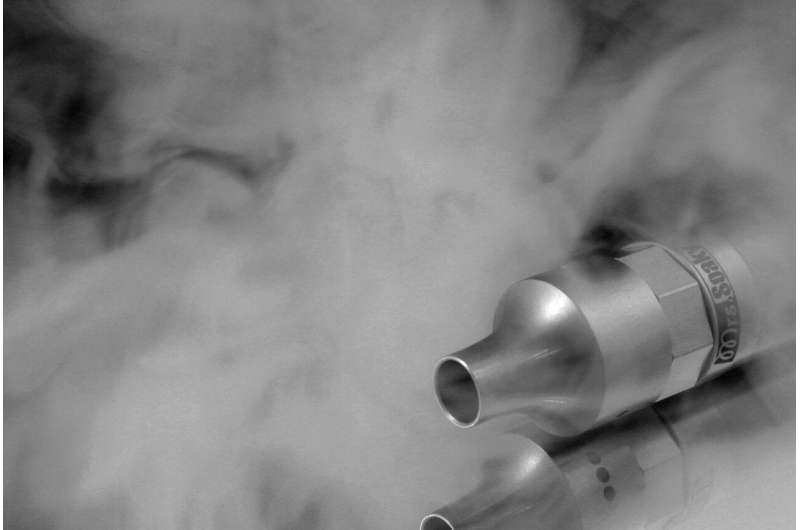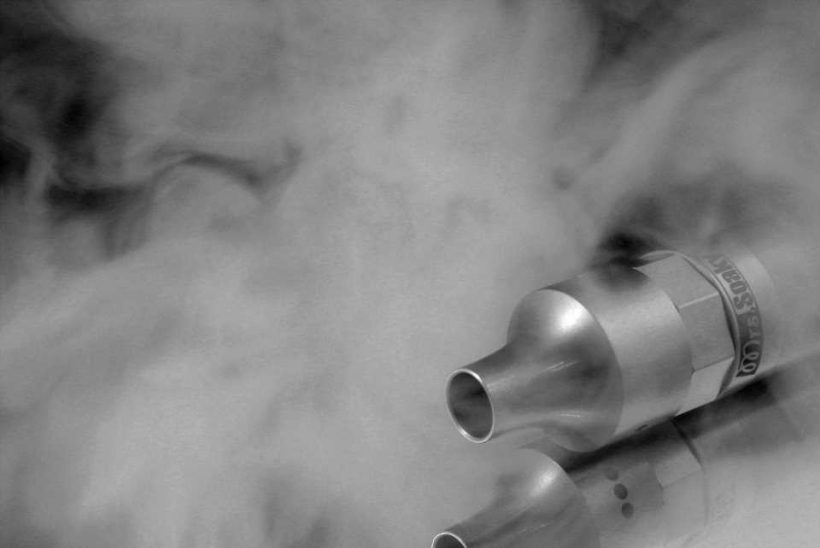
Use of electronic (e) cigarettes appears to lead to substantially higher costs and excess use of healthcare services in the USA, suggests new research published in the journal Tobacco Control.
Popularity of e-cigarettes as an alternative to traditional cigarettes and other tobacco products has grown in recent years with current use among young adults increasing from 2.4% to 7.6% between 2012 and 2018 in the USA, while e-cigarette prevalence among all adults remained stable and was 3.2% in 2018.
Some concerns have been raised about the safety of e-cigarettes and in the 2016 US Surgeon General’s report, which reviewed the public health risks of vaping among youth and young adults, it concluded that e-cigarettes could expose users to various chemicals known to have adverse health effects and posed health risks for respiratory, cardiovascular and oral health as well as cancer.
In addition, previous studies have raised concerns that e-cigarette use could also result in unintended injuries and burns.
Although there is much research on the impacts of cigarettes and other tobacco products on healthcare costs, there are no studies that have examined the effects of e-cigarette use on healthcare use and spending.
Therefore, a team of researchers from the University of California San Francisco in the USA set out to examine this by analysing data on 118,859 adults from the 2015-2018 National Health Interview Survey (NHIS)—a household interview survey of the civilian, non-institutionalised population in the USA, which has questions about socio-demographic characteristics, tobacco product use, health status, health insurance coverage, healthcare access and use, and other health-related behaviours.
Using medical expenditure estimates of healthcare use in the country, the researchers developed a model to quantify the impacts of e-cigarette usage on use of healthcare on the people in the survey.
Use of healthcare was defined as four categories—nights spent in hospital, emergency room (ER) visits, doctor visits and home visits—while current e-cigarette use was categorised as exclusive and dual/poly e-cigarette use, the latter meaning people who used both e-cigarettes and other tobacco products such as cigarettes, cigars, pipes, and smokeless tobacco.
The researchers found that among the study sample, 3.7% of people were current e-cigarette users, including 0.2% exclusively so and 3.5% dual/poly e-cigarette users.
Of the study’s people, a quarter (24.4%) were heavy drinkers, 86.9% had full-coverage health insurance, and 13.2% reported fair or poor health.
In the 2015– 2018 period studied, the prevalence of past 12-month healthcare use was 9.1% for hospitalisations, 19.6% for ER visits, 84.1% for doctor visits and 3% for home visits.
The analysis showed that current exclusive and dual/poly e-cigarette use—with 0.2% and 3.5% prevalence in 2015–2018—were associated with higher odds of reporting poor health status than people who had never used tobacco.
In addition, poor health status was associated with a higher chance of using the four healthcare services and a greater number of ER and doctor visits.
Annual healthcare expenditures attributable to all current e-cigarette use were $15.1 billion ($2,024 per user) in 2018, including $1.3 billion attributable to exclusive e-cigarette use ($1,796 per user) and $13.8 billion attributable to dual/poly e-cigarette use ($2,050 per user).
This is an observational study, and can’t establish causality. The study had some limitations such as not being able to estimate the costs for nursing home care, medications or dental care; self-reported healthcare use is subject to recall bias and can underestimate actual use; and the study is focused only on adults.
Nevertheless, the authors concluded: “Healthcare utilisation and expenditures attributable to e-cigarette use are substantial and likely to increase over time. Due to the rapid evolution of e-cigarette products, the impacts of e-cigarette use on healthcare utilisation and expenditures may change and should be closely monitored.
Source: Read Full Article
